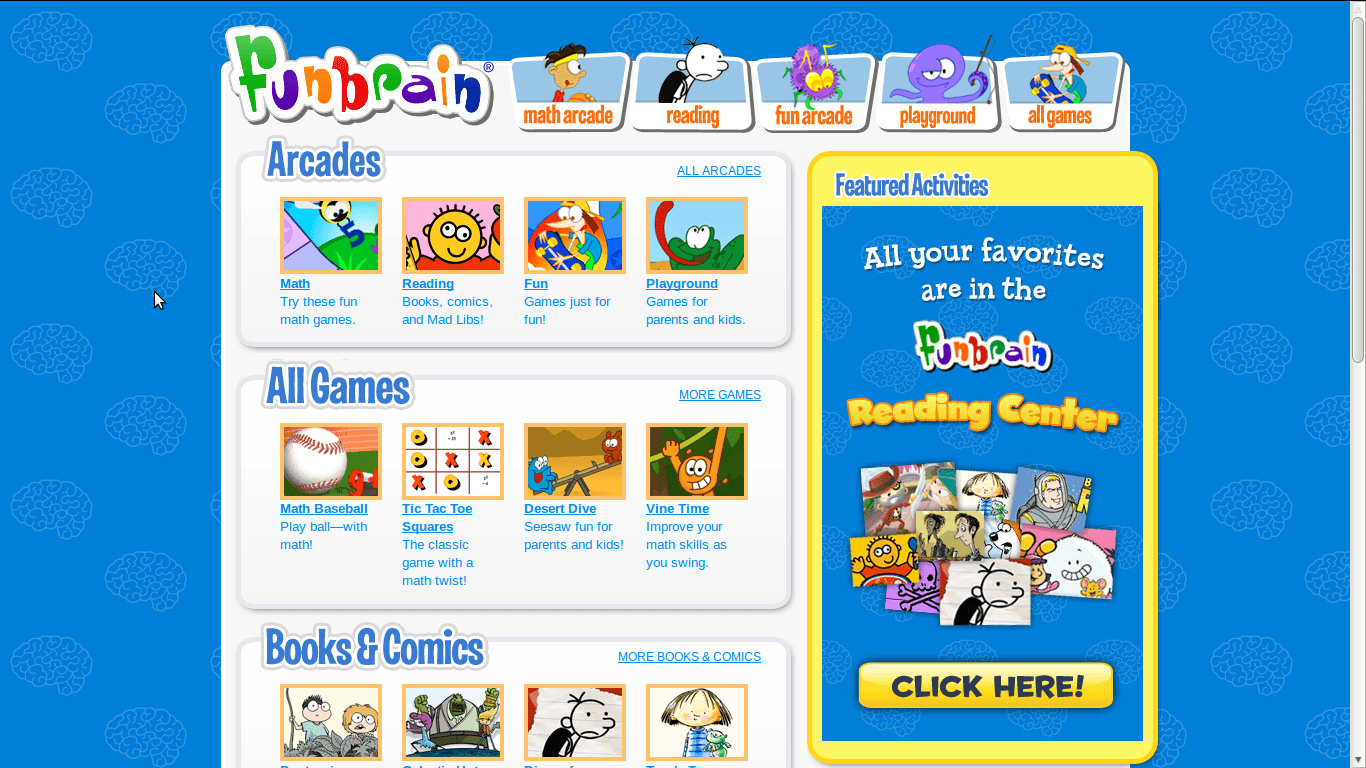
Sevens: Throw the ball against the wall, jump and clap hands once in front of you and catch the ball.Sixies: Throw the ball against the wall, bend down and touch the ground and catch it.Fivesies: Throw the ball against the wall, clap twice behind your back, and catch it.Foursies: Throw the ball against the wall, spin around, and catch it after the first bounce.Threesies: Throw the ball against the wall and clap before catching it.Twosies: Throw the ball against the wall and let it bounce one before catching it.Onesies: Throw the ball against the wall and catch it before it bounces.They follow these steps until finished with all seven rounds:.
Childhood game websites how to#
As the game goes on, player will figure out how to adjust the distance for each task. When starting the game, being closer to the wall is better.
Player stands a comfortable distance from the wall. “I spent hours on end playing Sevens with my friends! Great thing was you could play on your own too!” – Jill Then the teams swap roles and try to do the same. The objective of the game is to get as many of the team home before three people are caught and put out. A runner is “out” if: The ball they hit is caught by the other team, before ball hits ground /before reaching their target base a fielder (player on the opposite team) holding the ball touches the base. When the next batter strikes, they then run to the first base and the person who went before them, runs to the second one or further on if they can. The batter hits the ball – they have three goes and can run to the first base at any time, once ball is hit. The bowler has to throw the ball in the direction of the batter, but not below the knee or above the head of the batter. One person from the team stands in the first base with the bat and is the batter. Each team takes turns batting and bowling. Divide into two teams – one team will bat and run between the bases, the other team will bowl the ball and try to catch it out in the field or pitch. Lay the rounders field out in a square, marking 4 bases with items. Occupied many a summer’s evening!” – Jennifer “We loved this game and played it with all the family, and anyone else visiting. The player puts the marker in the square where he or she will resume playing on the next turn, and the next player begins.Ĭhildhood games that can incorporate a variety of ages, from young kids to adults, are a great way to spend a sunny weekend. A player is out/returns to beginning of game, if the marker fails to land in the proper square, the hopper steps on a line, the hopper looses balance when bending over to pick up the marker and puts a second hand or foot down, the hopper goes into a square where a marker is, or if a player puts two feet down in a single box. 
A player must always hop over any square where a maker has been placed.Then two feet can be placed down with one in each square. All hopping is done on one foot unless the hopscotch design is such that two squares are side-by-side. Then continue by tossing the stone in square 2.Pause in square 2 to pick up the marker, hop in square 1, and out. Hop over square 1 to square 2 and then continue hopping to square 9, turn around, and hop back again. The first player stands behind the starting line to toss her or his marker in square 1.Each player has a marker such as a stone, beanbag or button Create a diagram with 9 sections and number them. Use chalk to draw a hopscotch pattern on the ground (or use masking tape on a floor).A pebble, small beanbag, button or other small marker to throw.Chalk if outside, masking tape if inside.One of the most popular childhood games of all time!





 0 kommentar(er)
0 kommentar(er)
